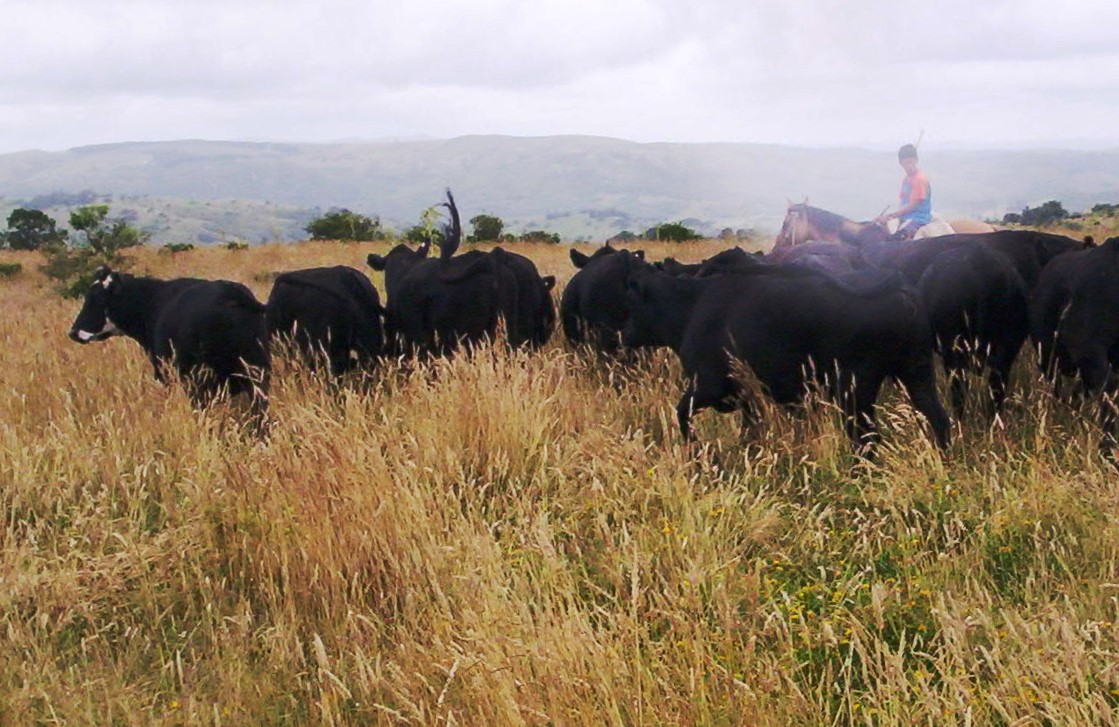Beneficiary Stories
Uruguay: Marta Martínez and Margarita García
Project: Building Resilience to Climate Change and Variability in Vulnerable Smallholders
Adaptation Fund Grant Financing: US$ 9.9 million
National Implementing Entity: Agencia Nacional de Investigacion e Innovacion (ANII)
Executing Entity: Uruguay Ministry of Agriculture, Livestock and Fisheries
In the Uruguay town of Aiguá, in the center of its vulnerable landscape unit Sierras del Este, two women smallholder farmers belonging to different groups of agronomists presented micro-project proposals through the agricultural cooperative, CALAI.
“For me, climate change has represented heavy, prolonged droughts, and long, very cold and dry winters,” said Marta Martínez.
“Climate change has affected especially cattle, mostly because we had no grass and had to give feed to animals. To adapt to these changes, I decided to use the rational grazing, I began to divide my land, and from two plots I did six plots. This allows me to have grass in any season. If there is a prolonged drought, I have one or two plots with good pasture. I feel better now, and this also calms the cattle, it allows me to do all work alone and with no surprises, as grass is always available. I presented a proposal to this Project in order to make these investments for fencing to divide the plot and also to take water to each plot, since I, as a smallholder farmer, would not have been able to do it by myself. The Project also helps you socially, you make friends with the training. This also allows you to have groups of technicians to help you, for example, in planning, and I believe that we are now more prepared for the future. I want my system to be productive, sustainable and resilient,” Martinez describes.
Meanwhile for Margarita García, climate change means drought, very hot weather in summer with strong sunshine, which is unbearable for animals, and extremely cold weather in winter.
“Climate change has affected me with drought, lack of grass, and also some lack of water. In the last severe drought, 12 cows died because they had no pasture and because I had no shelter for them. To face droughts, I needed more water and more grass, had to build farm ponds, then fenced them so that cattle would not enter and get them dirty, and installed a trough. I also planted lotus to have better food for cows. I also have sheep, which were killed and eaten by wild boars in the night, so I had to install an electric fence to stop them. Now when I go to the field I am reassured because all the sheep are there, not as in the past. Regarding beef cattle, I now have a shelter for those, so the truth is that I feel happier. My dream is having a cottage in the countryside, and living there. I am on the right path to achieve this, but I need support,” Garcia says.


